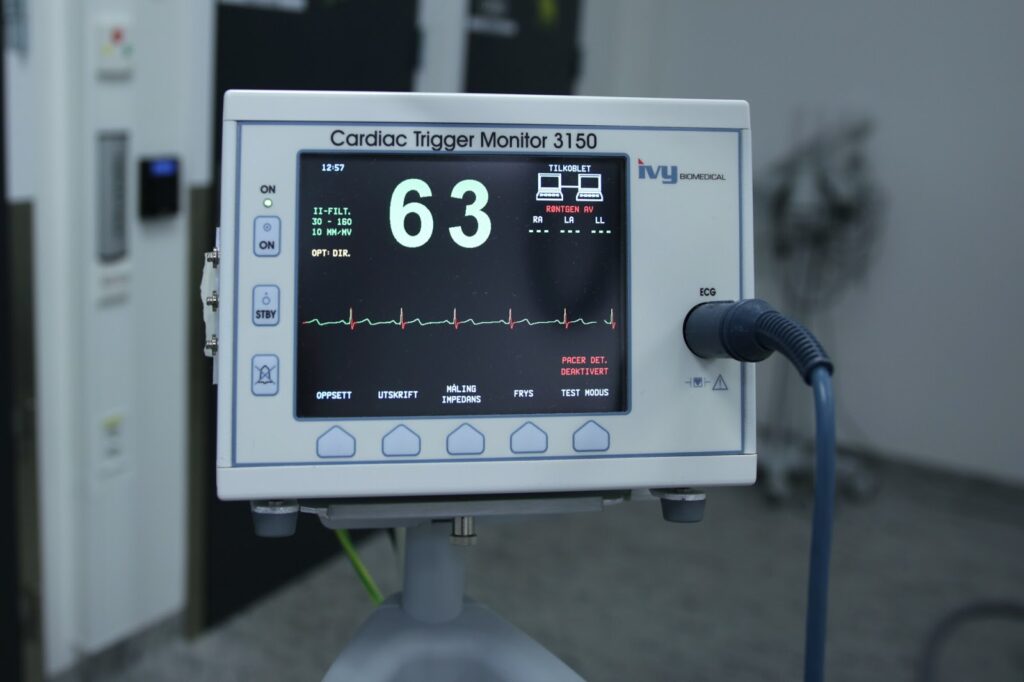Healthcare professionals use vital sign monitoring to keep track of a patient’s wellbeing. Vital signs tell a lot about a patient’s current state and whether the patient is at risk of clinical deterioration.
An experienced clinician uses vital signs in interpreting the degree to which a patient deviates from a healthy baseline. The use of vital signs in triaging patients is crucial for understanding the urgency of the patient’s health needs.
Does your hospital or practice need state-of-the-art vital sign monitoring equipment? Take a look at our guide to vital sign monitoring here.
The Basic Vital Signs
A patient’s vital signs convey critical information such as an emerging heart attack or an ongoing disease such as hypertension. Early detection of a high respiratory rate is critical in predicting cardiac events and death in a 48-hour window of measurement. Vital signs monitoring includes measurement of:
- Blood pressure
- Temperature
- Pulse
- Respiratory rate
- Blood oxygen saturation
Carefully monitored vital signs alert you to changes in your patient’s status, especially the cardiovascular and respiratory systems. Unfortunately, checking the respiratory rate by hand is one of the most overlooked in the clinical environment.
In a fast-paced hospital or clinic, don’t rely on stressed and busy workers. You need innovative, efficient, and accurate medical monitoring devices. A vital signs monitor is the best way to get the information you need now.
What Vital Sign Monitoring Equipment Do You Need?
Every situation is different, so equipment needs vary. Having the right tools ensures your staff gets the job done well with good patient outcomes.
Portable Vital Sign Monitoring
Are you a field medic or paramedic?
You need something light and portable that offers accurate readings on the fly. It also needs battery power since you won’t be plugging in.
Infinium’s Cleo is a great portable vital sign monitor. Track body temperature, pulse, blood pressure, and more. The device weighs in at under three pounds and runs on lithium-ion batteries.
The five-inch touchscreen is easy to use and operate. The settings are also easy to change.
Post-Surgical Vital Sign Monitoring
When your patient comes out of surgery, there are specific monitoring considerations. After anesthesia, a patient’s respiratory status is especially significant.
You need a monitor that captures all the basic respiratory functions such as respiratory rate, oxygen saturation, and heart rate. You’ll also want end-tidal carbon dioxide volume monitoring, also called capnography. Avoid post-surgical patient compromise with state-of-the-art monitoring.
Finding the Right Vital Sign Monitoring Equipment
As with any electronics, you want to make sure you have the right vital sign monitoring equipment for your patients’ needs. Whether it’s mobile or bedside, take time to find the equipment that best meets everyone’s needs.
Is it time to invest in state-of-the-art vital sign monitoring equipment for your busy hospital or practice? Infinium Medical carries a wide range of monitoring devices. Our experienced staff can help you find vital sign monitoring equipment that translates into better outcomes for both your staff and patients.

